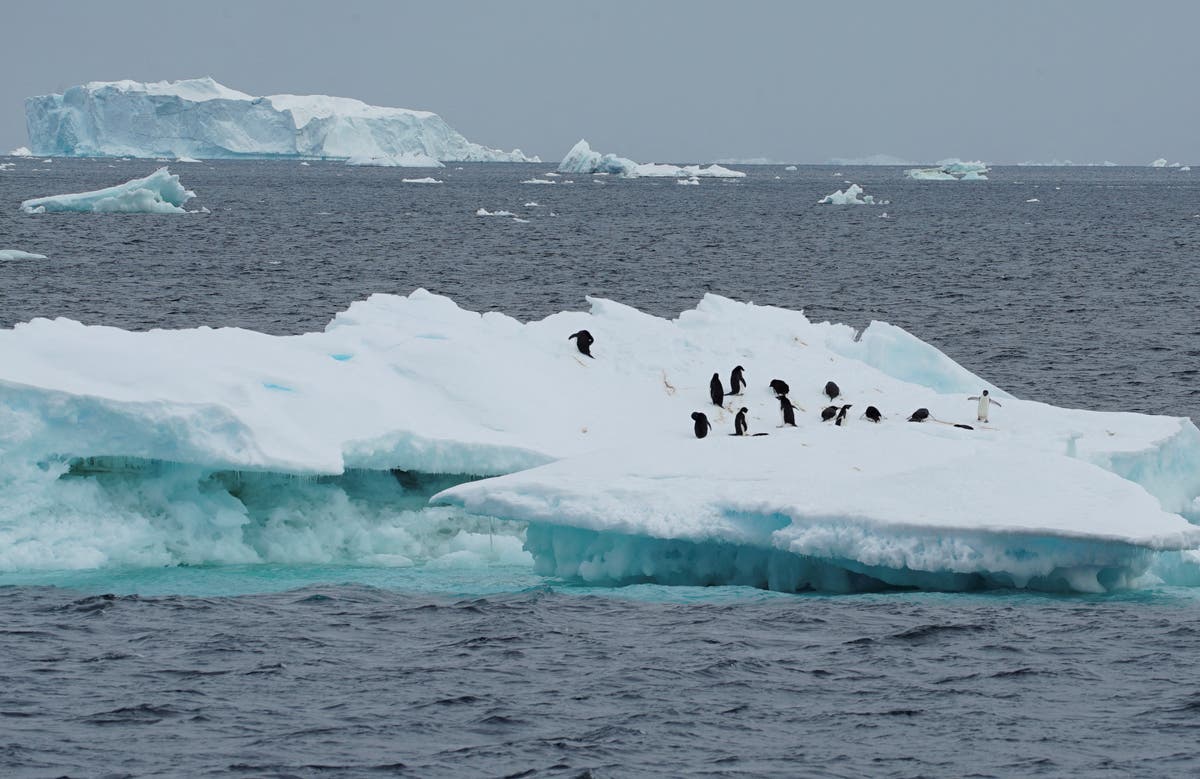This website uses cookies so that we can provide you with the best user experience possible. Cookie information is stored in your browser and performs functions such as recognising you when you return to our website and helping our team to understand which sections of the website you find most interesting and useful.

An urgent rescue mission has been launched to save an Australian researcher taken ill while on an expedition in a remote area of the Antarctic.
The icebreaker RSV Nuyina set off from Tasmania last week to evacuate the unnamed researcher from the Casey research station after they came down with a “developing medical condition”, the Australian Antarctic Program (AAP) confirmed.
Though details of their condition have not been shared, the organisation said the Australian requires “specialist treatment”.
An air rescue was previously ruled out due to harsh weather conditions but RSV Nuyina is carrying several helicopters that could aid the mission.
The icebreaker RSV Nuyina’s journey began in Tazmania last week after weeks of preparation
(REUTERS)
Evacuations from the region are often incredibly difficult and dangerous so Australia requires all researchers travelling to Antarctica to undergo an extensive medical examination before being deployed.
The neighbouring Wilkins Aerodrome has an ice runway, but it is often rendered unusable during the winter months. According to the British Antarctic Survey, temperatures in the Antarctic can average from -10C down to -30C during the coldest periods.
Some 2,139 miles from Tasmania, Casey is one of three permanent Antarctic stations run by the AAP. Around 20 people live at the station during the winter, and medical resources are limited.
Costing A$528m to build, the Nuyina has a maximum speed of 16 knots, or around 18 miles an hour, meaning the journey to Casey could take several days.
"The expeditioner’s family is being kept fully informed of the situation," a spokesperson for the AAP told the BBC, adding that the “wellbeing of our people is our highest priority”.
"All other personnel on stations are accounted for and safe.”
In 2015, a team from the British Antarctic Survey rushed to save the life of Malcolm Roberts, an engineer who suffered a gastrointestinal bleed at the Halley Research Station.
Thousands of miles from the nearest hospital, an emergency medicine consultant was forced to smuggle a bag of blood onto a plane to attempt to save Mr Roberts’ life, who was losing blood rapidly.
In 2016, a worker was airlifted from the South Pole in the middle of winter after falling ill at the Amundsen-Scott research station, run by the US National Science Foundation (NSF).



 Africana55 Radio
Africana55 Radio 
